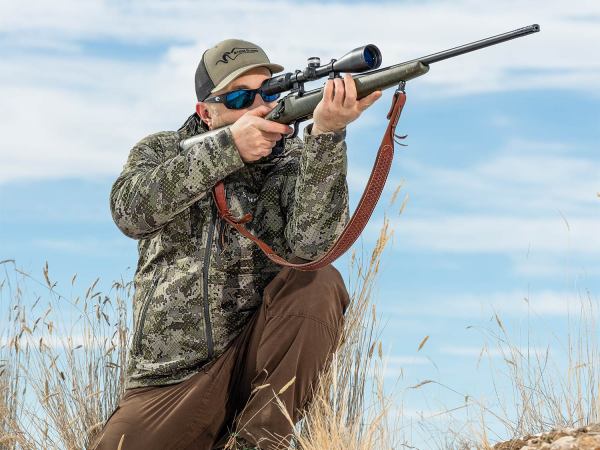We may earn revenue from the products available on this page and participate in affiliate programs. Learn More ›
I know you’re sick of hearing about the current ammunition shortage, but unfortunately it’s probably going to continue for months to come. Whether you have a stockpile of ammunition or not, you likely are going to be more cautious when it comes to expending ammo for the foreseeable future. In some ways, there is no substitute for sending rounds downrange. Time behind the trigger improves our shooting, but many of us can’t do that right now with the lack of cartridges available. But there is a silver lining to the ammo shortage: it can actually help improve your shooting.
If you’re used to ripping through ammunition at the range without a care in the world, a scarcity of ammunition can help you focus on each round and improve your accuracy. I don’t want to take the fun out of shooting, but I believe every round I fire now needs to have a purpose, to contribute to the betterment of my skills and confidence in a particular gun.
Shooting practice is only practice if you are getting better, and although it’s good, clean fun, shooting from the hip, burning through magazines as fast as you can, or other casual shooting won’t really help you when it matters most. You’ll just end up with a hot barrel and no ammo—not a great place to be right now.
If you want to improve your accuracy, there are many drills and techniques available. There are drills that don’t require much ammo, and training can often be done with rimfires if you do have the ammo for that. There are also plenty of dry-fire drills that will help develop and improve your fundamental shooting skills. A combination of live fire and dry-run drills can be very helpful and conserve ammo, even if they are simple. Drawing you pistol, target acquisition, transitioning, breathing, and trigger control can all be drilled heavily without using up any brass, and will reveal things like an anticipatory flinch you might not catch while live firing.
Even on the range, it is helpful to employ dry-fire exercises. When I’m going to zero a hunting rifle or check accuracy on handloads, I almost always spend several minutes dry firing at the target before I ever send a bullet downrange. It gives me time to separate myself from whatever else is going on that day, focus on my breathing, lower my heart rate, and cleanly break the trigger. By the time I’m actually shooting, I’m tuned up and able to make the most out of the ammo that I am using. I make it a regular habit to practice drawing and dry firing my concealed-carry handgun as well. There are some things like recoil management that you must shoot to get used to. But many of the components of a smooth draw, proper grip, sight acquisition, and a clean first shot can be drilled without ever firing a shot.
Read Next: We Tested the Best-Selling Affordable Deer Rifles, Scopes, and Ammo. Here Are Our Top Picks
You can still plink or shoot for fun when you want to and have the ammo, but the key to improving your shooting is to give every round value. You should apply the skills you have learned and want to improve with every shot. Even if you’re not printing groups on paper or shooting for score, focus on running through your shot process cleanly, and give each shot your full attention. With a scarcity of ammo, many of us have been being forced to place a higher value on each round that we shoot. That can improve many of your skills. You just have to be willing to do the work.
















